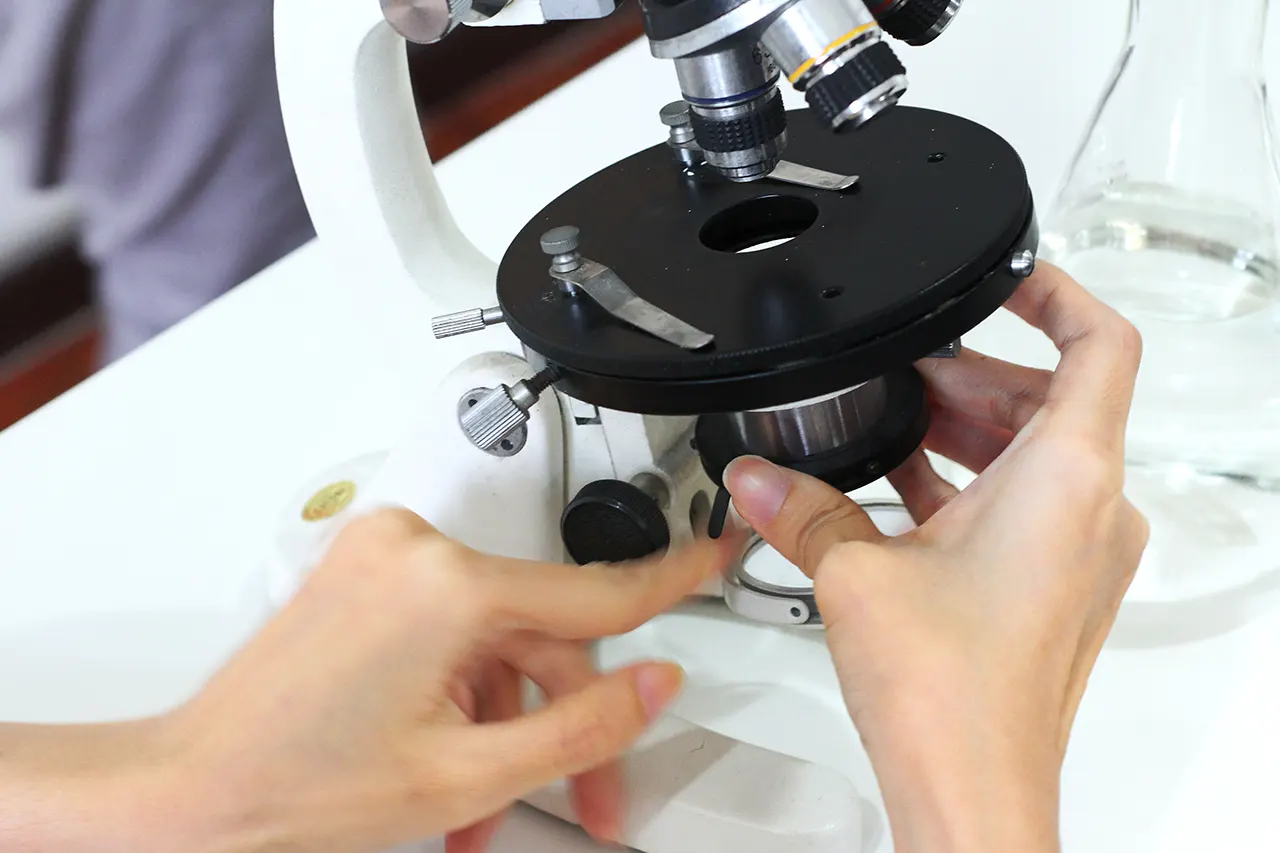
In-Depth: Why Merck, Germany Chemicals Are Trusted in Labs Worldwide
In the scientific community, a brand name is synonymous with quality and reliability. This article explores why “Merck” is the name researchers around the world trust.

A microscope is the gateway to the tiny world invisible to the naked eye. It is an essential scientific instrument in biology laboratories, medical fields, and materials science, allowing us to magnify small objects for detailed study. However, microscopes are delicate devices that require special care and attention. Improper use or storage can cause scratches on critical components like lenses, promote fungal growth, or damage focusing mechanisms. This not only reduces image quality but also unfortunately shortens the lifespan of the instrument.
This article is a complete guide that will help you use and maintain your microscope correctly, ensuring this vital instrument remains a long-standing companion in your lab.
Before delving into maintenance, proper usage is the first line of defense against damage.
1. Cleaning the Lenses (Most Important!) Dust, fingerprints, and oil stains are the arch-enemies of clarity.
2. Cleaning the Microscope Body Use a clean, soft cloth or microfiber cloth dampened with a small amount of water to wipe away dust and dirt from various parts like the base, arm, and stage. Be careful not to let water get into the electronic system or internal mechanisms.
3. Protecting Against Dust and Moisture
Summary
Consistent maintenance of your microscope, following the guidelines above, is like an investment that guarantees you'll always have a sharp and reliable analytical tool. Paying attention to these small details today will extend the lifespan of this valuable equipment for many years to come.
If you're looking for high-quality scientific instruments, including microscopes for your laboratory, we can help. MIT Trade We're happy to provide consultation and help you source the right equipment to meet your needs

In the scientific community, a brand name is synonymous with quality and reliability. This article explores why “Merck” is the name researchers around the world trust.

Cultivation of microorganisms is the heart of microbiology, and culture media is a key factor. This article will introduce you to the types of culture media.

Storing chemicals isn’t just about finding a place to put them, it’s about safety. This article is a guide to helping you store chemicals in your lab properly.
เว็บไซต์ mit-trade.com มีการใช้งานเทคโนโลยีคุกกี้ หรือ เทคโนโลยีอื่นที่มีลักษณะใกล้เคียงกันกับคุกกี้ บนเว็บไซต์ของเรา โปรดศึกษา นโยบายการใช้คุกกี้ และ นโยบายความเป็นส่วนตัวของข้อมูล ก่อนใช้บริการเว็บไซต์ ได้ที่ลิงค์ด้านล่าง